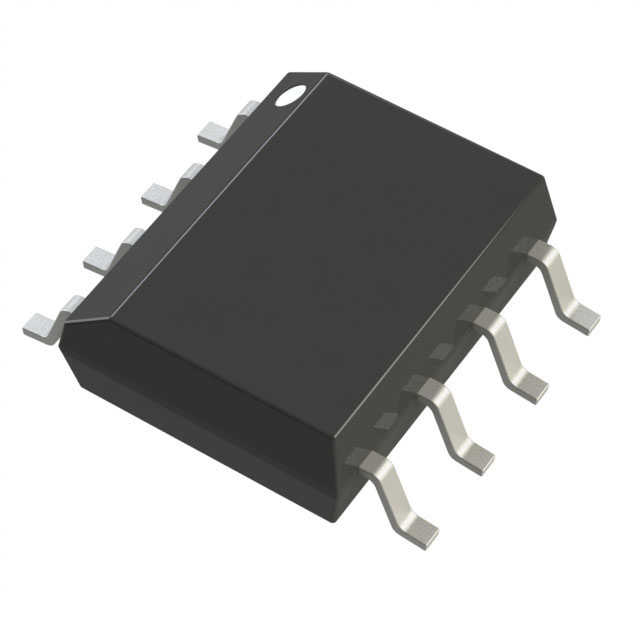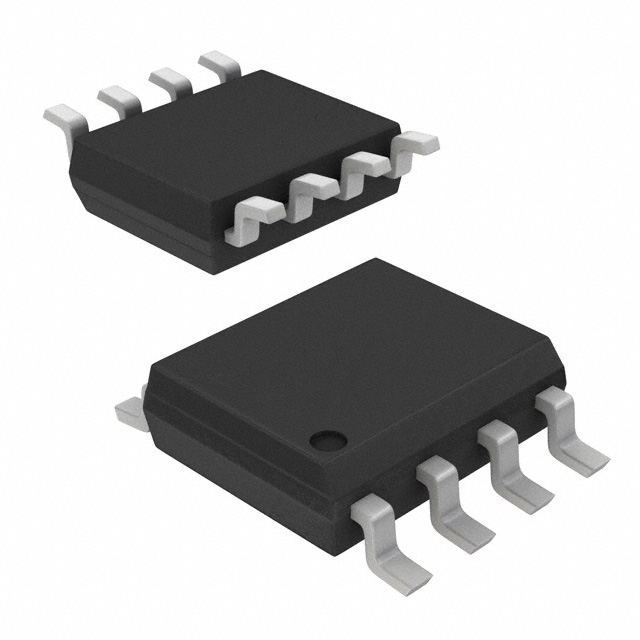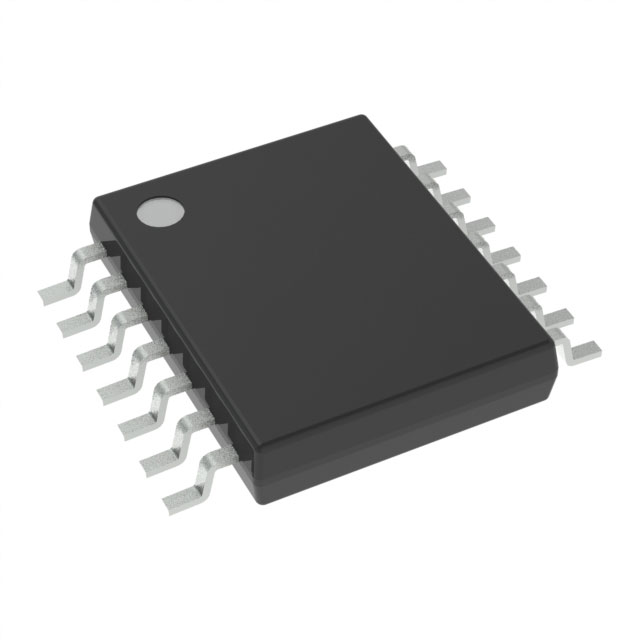OPA4703EA/2K5G4
Manufacturer No:
OPA4703EA/2K5G4
Manufacturer:
Description:
IC CMOS 4 CIRCUIT 14TSSOP
Datasheet:
Delivery:





Payment:




In Stock : 0
Please send RFQ , we will respond immediately.









OPA4703EA/2K5G4 Specifications
-
TypeParameter
-
Supplier Device Package14-TSSOP
-
Package / Case14-TSSOP (0.173", 4.40mm Width)
-
Mounting TypeSurface Mount
-
Operating Temperature-40°C ~ 85°C (TA)
-
Voltage - Supply Span (Max)12 V
-
Voltage - Supply Span (Min)4 V
-
Current - Output / Channel10 mA
-
Current - Supply160µA (x4 Channels)
-
Voltage - Input Offset160 µV
-
Current - Input Bias1 pA
-
-3db Bandwidth-
-
Gain Bandwidth Product1 MHz
-
Slew Rate0.6V/µs
-
Output TypeRail-to-Rail
-
Number of Circuits4
-
Amplifier TypeCMOS
-
PackagingTape & Reel (TR)
-
Product StatusDiscontinued at Digi-Key
-
Series-
The OPA4703EA/2K5G4 is a high-speed, low-power operational amplifier (op-amp) integrated circuit chip manufactured by Texas Instruments. It offers several advantages and can be applied in various scenarios. Here are some of its key advantages and application scenarios:Advantages: 1. High Speed: The OPA4703EA/2K5G4 is designed for high-speed applications, with a bandwidth of 200 MHz. It can process signals quickly, making it suitable for applications that require fast response times.2. Low Power Consumption: This op-amp chip operates at low power, making it energy-efficient. It is ideal for battery-powered devices or applications where power consumption needs to be minimized.3. Low Input Bias Current: The OPA4703EA/2K5G4 has a low input bias current, which reduces the impact of input current on the circuit's performance. It is beneficial in applications where input signals are small and need to be accurately amplified.4. Rail-to-Rail Output: The chip provides rail-to-rail output swing, meaning it can drive signals close to the power supply rails. This feature allows for maximum utilization of the available dynamic range and is useful in applications where the output needs to cover a wide voltage range.5. Wide Supply Voltage Range: The OPA4703EA/2K5G4 can operate from a wide supply voltage range of ±2.25V to ±18V. This flexibility makes it compatible with various power supply configurations and voltage levels.Application Scenarios: 1. Audio Amplification: The high-speed and low-power characteristics of the OPA4703EA/2K5G4 make it suitable for audio amplification applications. It can be used in audio equipment, such as headphones, portable speakers, or audio mixers, to amplify and process audio signals accurately and efficiently.2. Data Acquisition Systems: The chip's high-speed performance and low input bias current make it suitable for data acquisition systems. It can be used in applications that require precise amplification and conditioning of small analog signals, such as in medical instrumentation, industrial control systems, or scientific measurement devices.3. Communication Systems: The OPA4703EA/2K5G4's high bandwidth and rail-to-rail output swing make it suitable for communication systems. It can be used in applications like high-speed data transmission, signal conditioning, or filtering in wireless communication devices, optical communication systems, or broadband modems.4. Test and Measurement Equipment: The chip's high-speed operation and low power consumption make it suitable for test and measurement equipment. It can be used in oscilloscopes, signal generators, or spectrum analyzers to amplify and process signals accurately and quickly.5. Portable and Battery-Powered Devices: The low power consumption and wide supply voltage range of the OPA4703EA/2K5G4 make it suitable for portable and battery-powered devices. It can be used in applications like portable medical devices, handheld instruments, or battery-powered sensors, where power efficiency and flexibility are crucial.It's important to note that the specific application scenarios may vary depending on the requirements and specifications of the overall system design.
OPA4703EA/2K5G4 Relevant information
-

AD8034ARZ-REEL7
Analog Devices Inc. -

CA3140AMZ
Renesas Electronics America Inc -

OP07CPZ
Analog Devices Inc. -
LT1636CMS8#TRPBF
Analog Devices Inc. -
LT1490ACS8#TRPBF
Analog Devices Inc. -
LTC2055HMS8#TRPBF
Analog Devices Inc. -
AD8227BRMZ-R7
Analog Devices Inc. -

AD8227BRZ-R7
Analog Devices Inc. -

AD623ARZ-R7
Analog Devices Inc. -
AD623ARMZ-REEL7
Analog Devices Inc.







